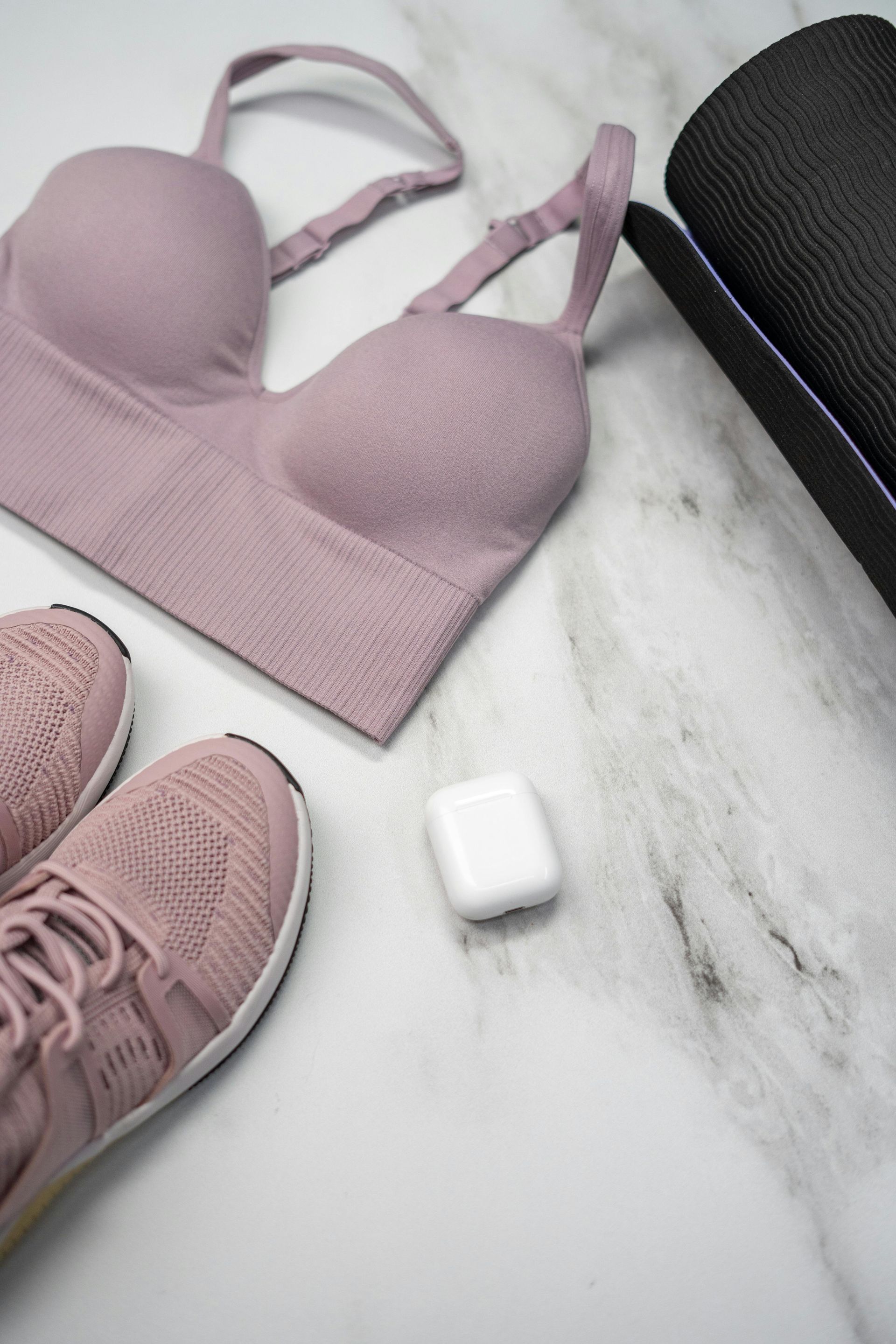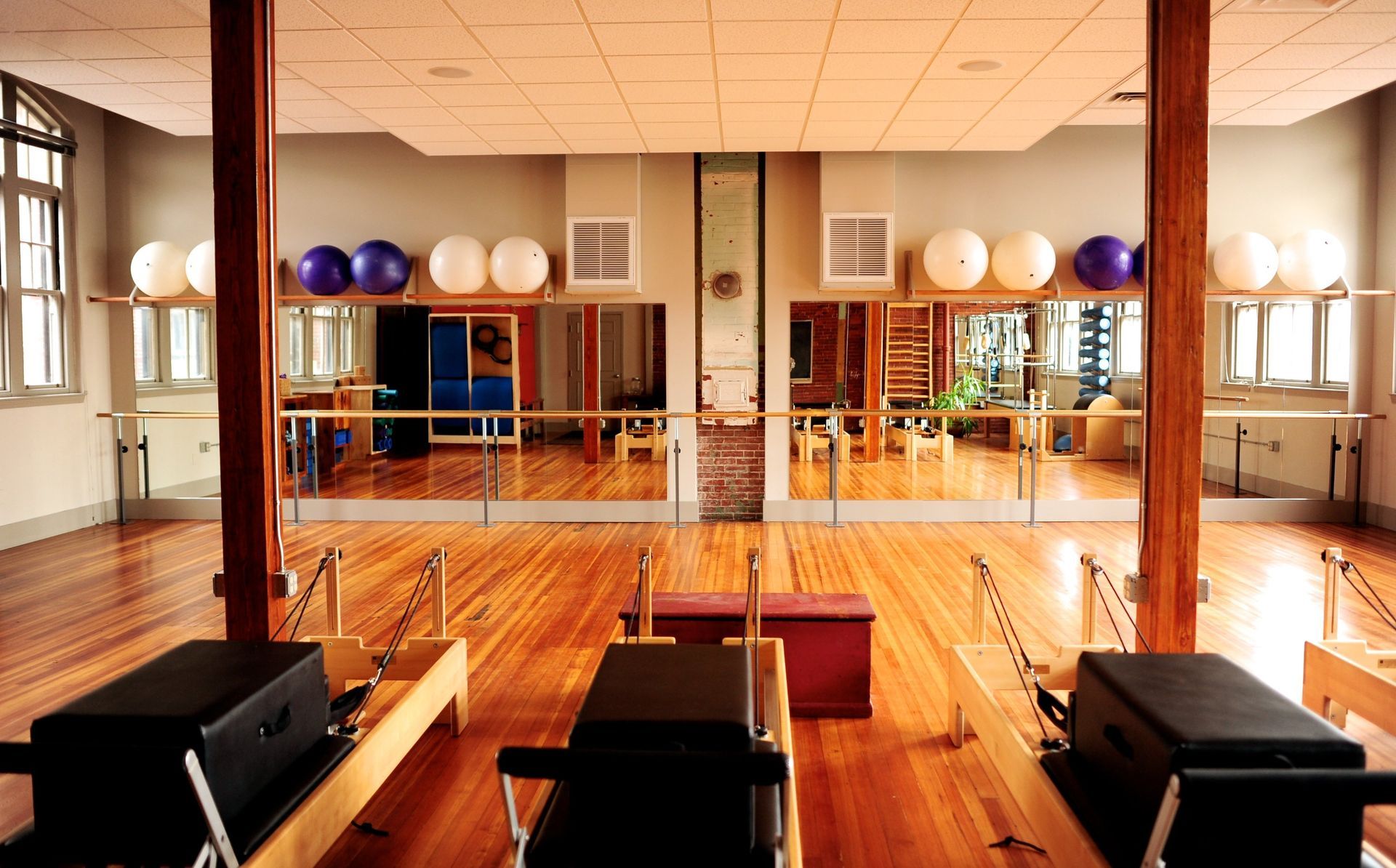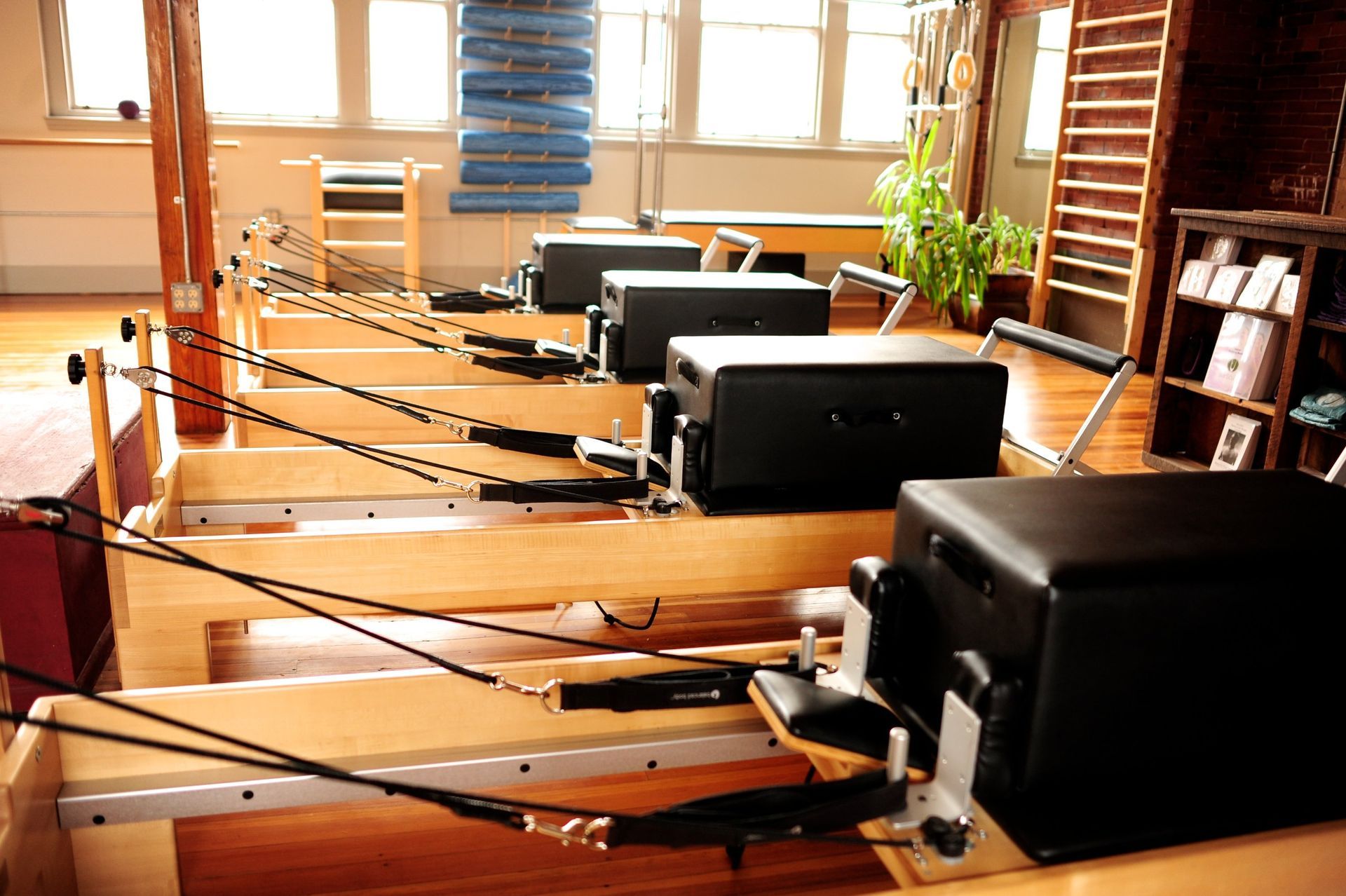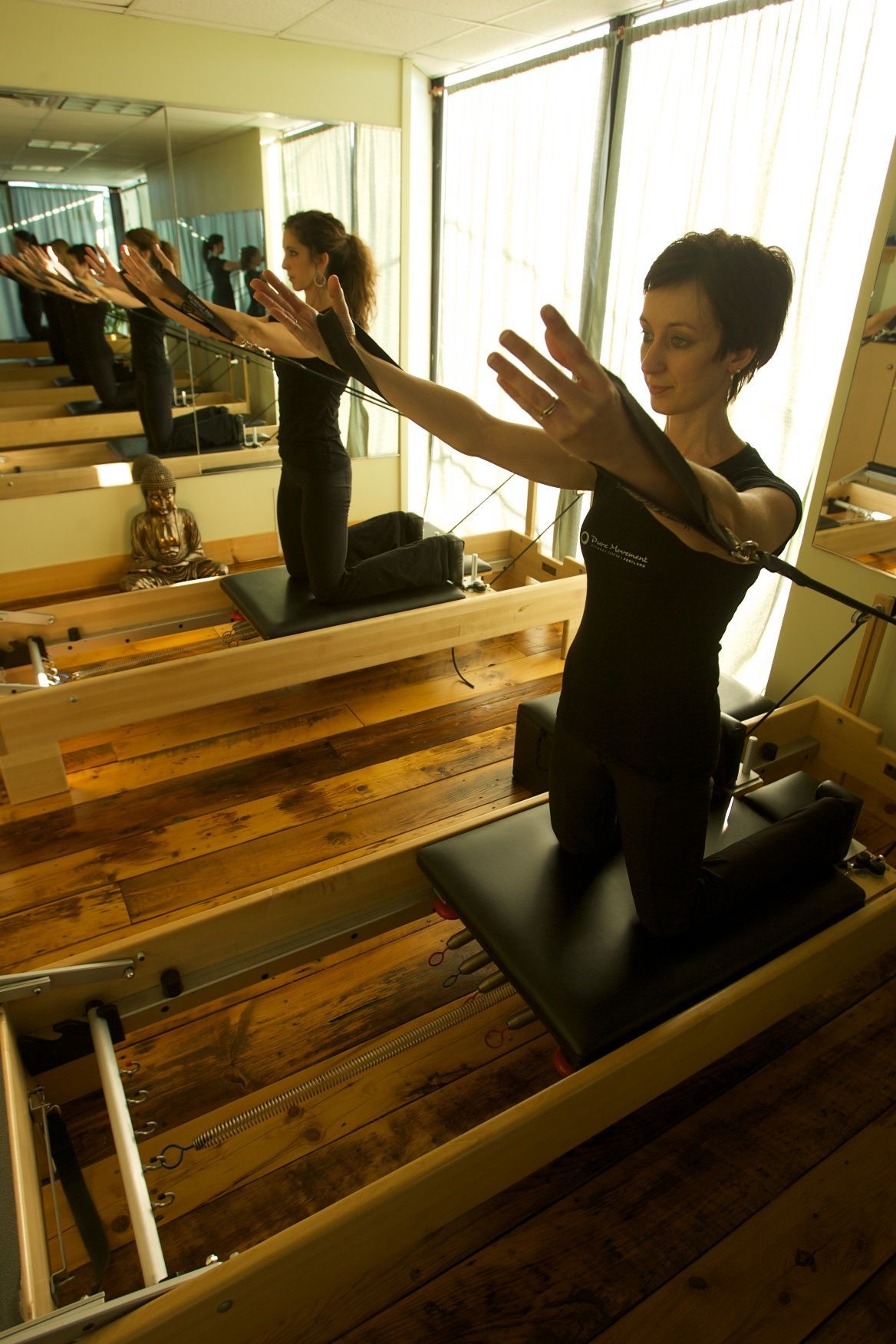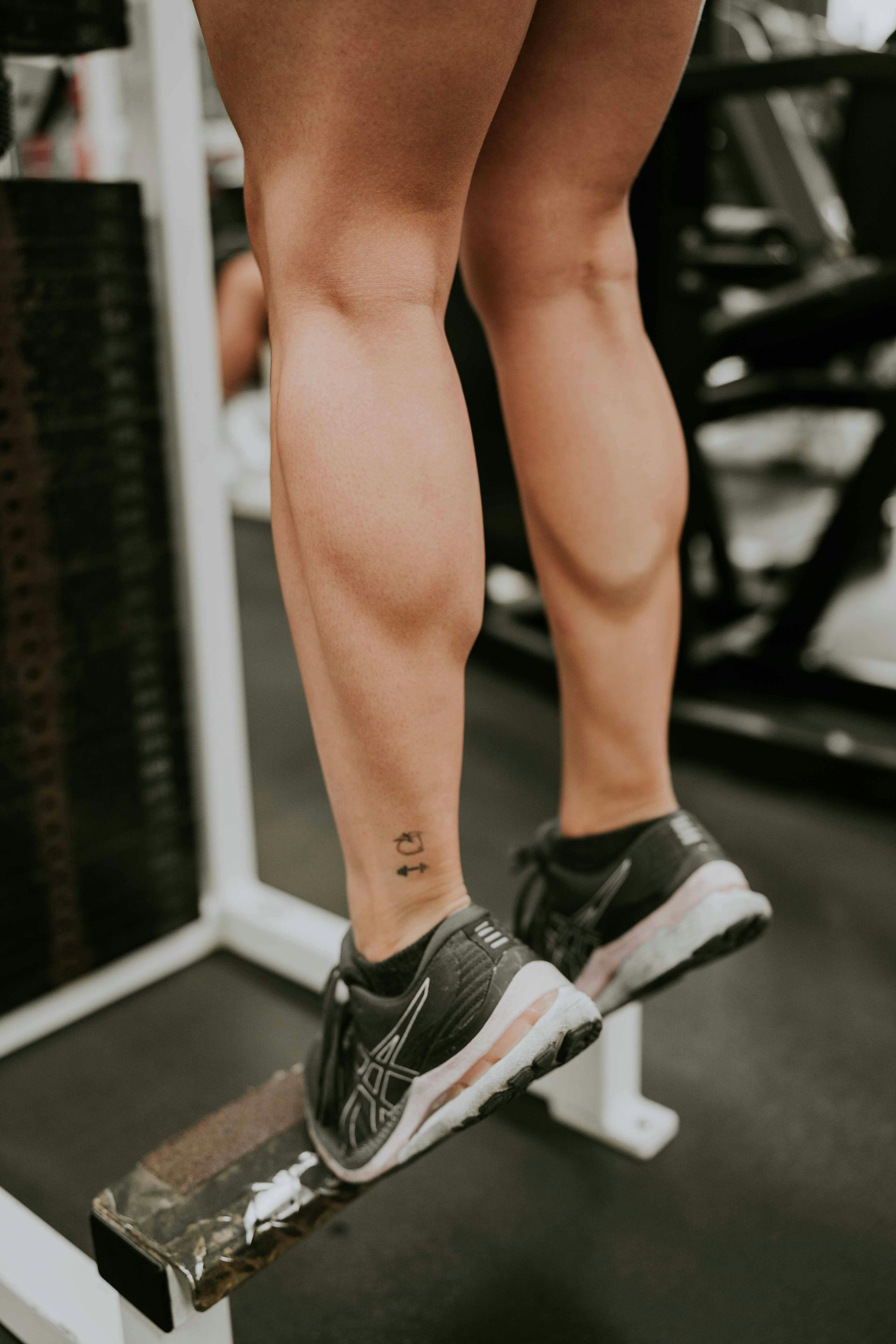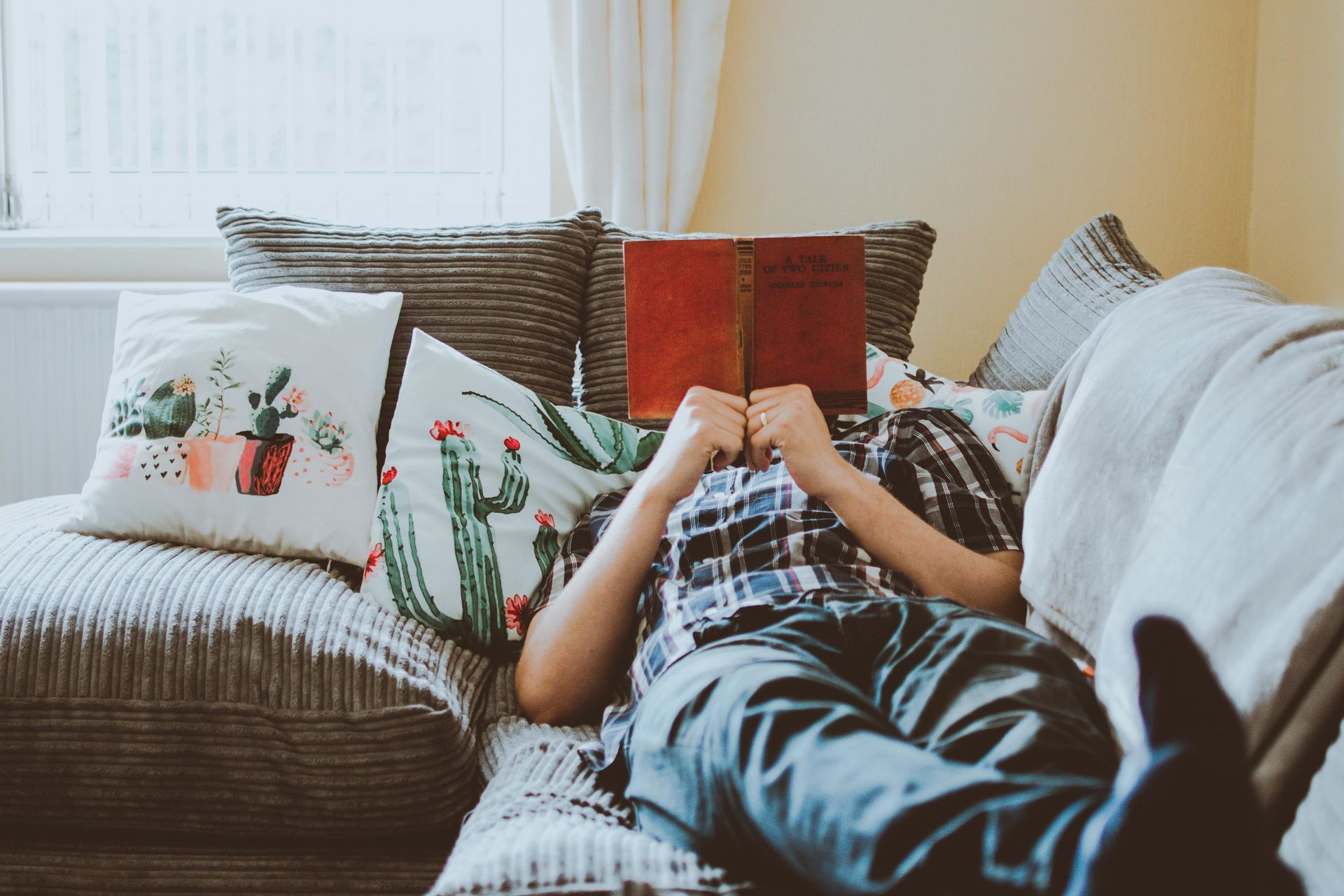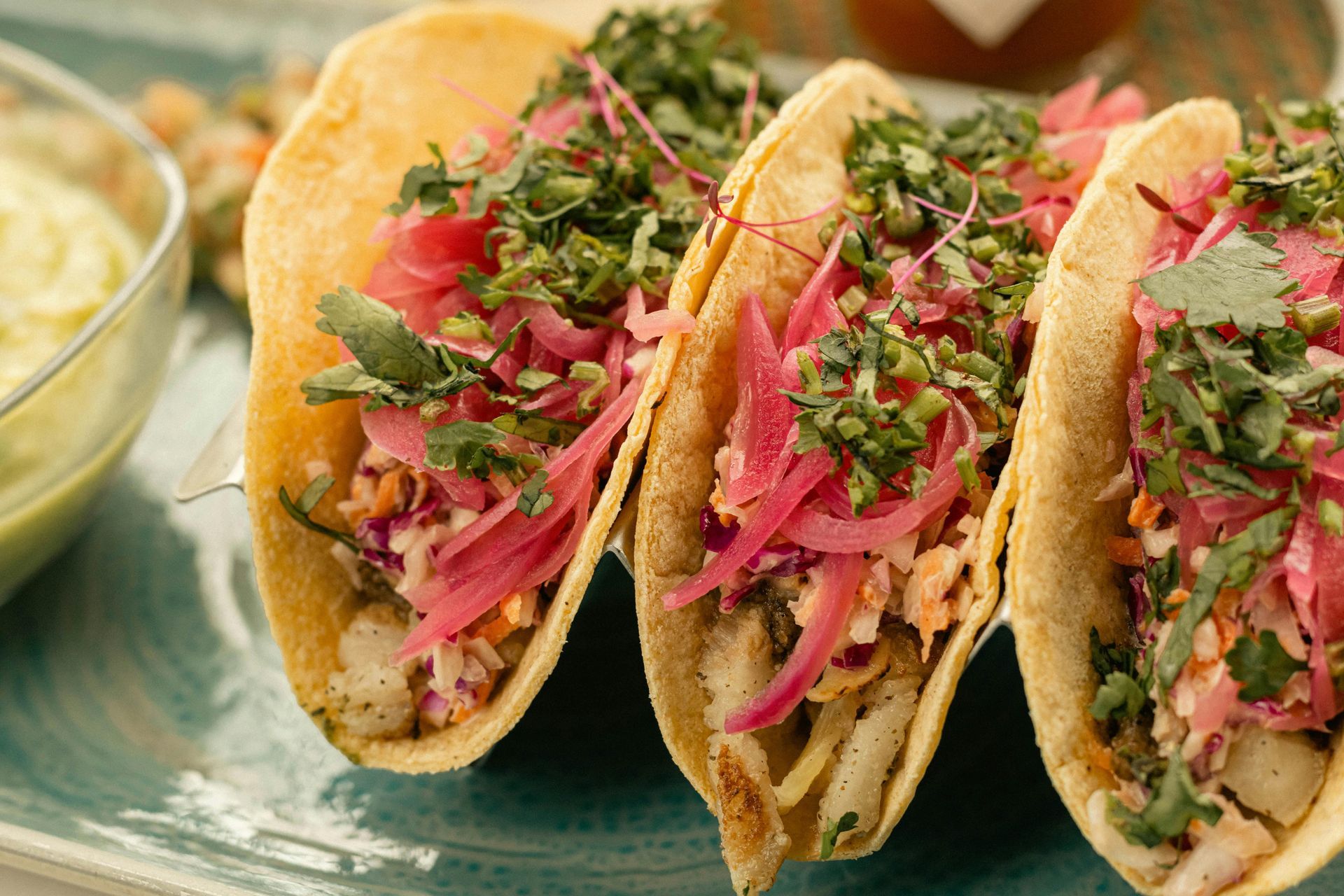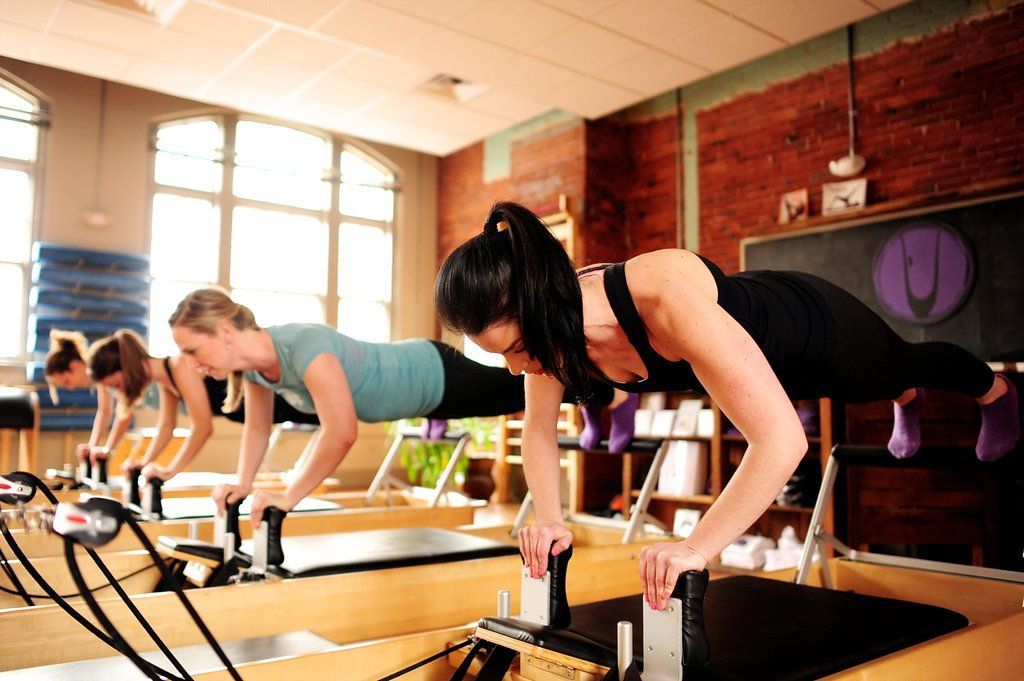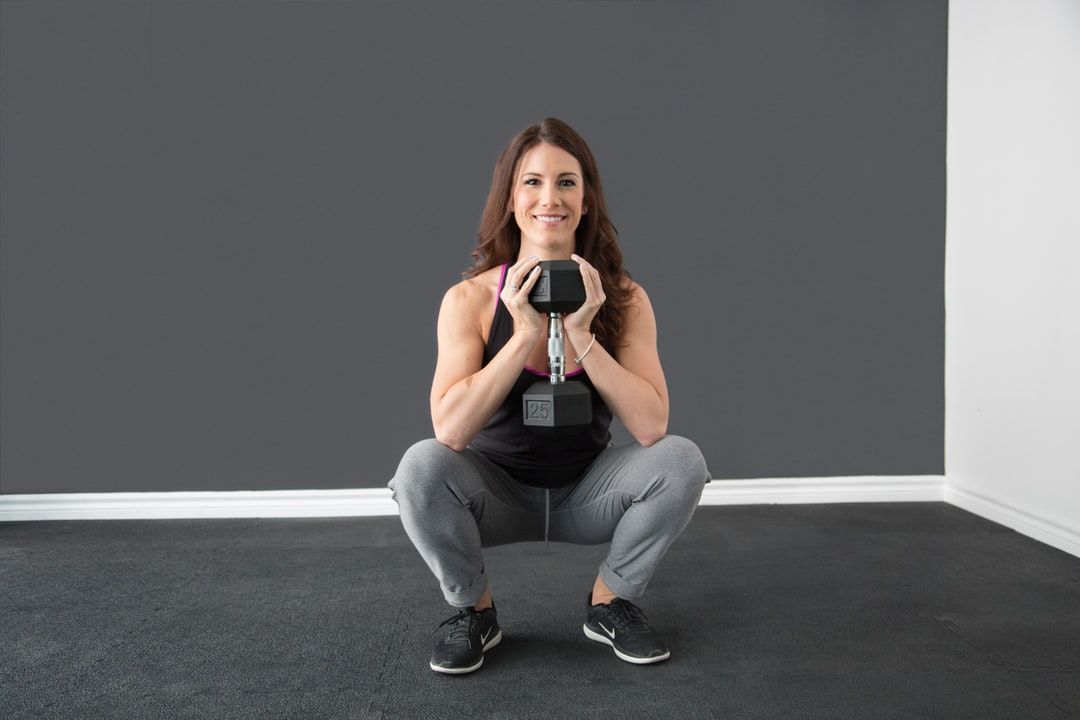It's more than certification!
What It Really Means to Become a Pilates Teacher
I didn’t always know I wanted to teach. In fact, I spent years performing—literally on stage. As a dancer and actor, I was taught something that stopped me in my tracks:
“Love the art within yourself, not yourself within the art.”
That single line changed the course of my life. It revealed something I couldn’t unsee: I loved being on stage, yes—but it was the applause, the energy, the performing that I truly craved. I didn’t love the art within myself. I loved what the art gave me.
That quote ended my pursuit of theater. But it ignited something else entirely.
When I transitioned to fitness, it wasn’t about performance—it was about presence. I loved pushing my body, feeling it get stronger, testing my limits. And I was surprised to discover that the gains I experienced physically showed up off the mat too:
- I stood taller in conversations.
- I trusted myself more.
- I felt less reactive and more grounded.
And that is why I teach. Not because I mastered the choreography. But because I saw what this work could do—for any body.
Teaching Isn’t a Step Up—It’s a Step Deeper
There’s a common misconception that the next step for a devoted Pilates student is to become a teacher. And while that’s often true, it’s not always the full story.
Teacher training isn’t a reward for being “good” at Pilates. It’s not the gold star you earn when you finally hit teaser with straight legs or conquer the Reformer with elegance. In fact, you don’t need to be perfect at Pilates to teach it well.
But you do need to want more than just doing the work.
You need to be fascinated by the work itself.
You need to want to explore not just what it feels like in your body—but how it shows up in someone else’s.
You need to want to observe. To adapt. To connect.
Teaching is not a performance. It’s not the spotlight.
It’s being the guide behind the scenes, holding the space, adjusting the dial, helping someone feel powerful and safe at the same time.
If that excites you?
You might be meant for this.
What You Become in Teacher Training
Let’s get one thing clear: the certification is the paper.
The transformation is in the practice, the study, the conversations, the failures, the adjustments, and the breakthroughs.
When you go through a program like mine, you don’t just walk away with a title.
You walk away with:
🔹 A trained eye that can spot alignment imbalances or energy shifts in a client’s body before they speak a word.
🔹 A clear, effective teaching voice rooted in anatomy, empathy, and adaptability.
🔹 The ability to teach
any body, not just those who move like you.
🔹 A deeper understanding of yourself—physically, mentally, and creatively.
🔹 The confidence to lead, not from ego, but from service.
I always say that teaching Pilates isn’t the finish line.
It’s the next ascent.
It’s the moment when your personal practice shifts from internal focus to outward impact.
Is Teaching Pilates Right for You?
A Self Check-In
If you’ve been doing Pilates consistently and wondering if teaching might be your next step, take a moment to check in:
✅ You might be ready to become a teacher if:
- You love talking about Pilates and often find yourself explaining exercises to friends or family.
- You’re curious about the why behind the movements, not just the how.
- You find yourself watching others in class—not to judge, but because you’re fascinated by how different bodies move.
- You’ve experienced transformation through Pilates and want others to feel the same.
- You feel lit up by the idea of helping people feel stronger, more connected, more confident.
- You care about helping all kinds of bodies—not just the “ideal” ones.
- You’re open to being coached, receiving feedback, and growing through practice.
❌ You might want to wait if:
- You’re only interested in certification as a side hustle or quick career move.
- You get easily frustrated when others move differently than you.
- You’re still deep in your own physical recovery and need more time to focus inward.
- You’re looking for praise more than purpose.
This isn’t a gatekeeping list. But it is an invitation to be honest. Because teaching Pilates is a service. It’s a skill. It’s a lifelong practice.
And it deserves your whole self.
What Makes BarSculpt Teacher Training Different?
At BarSculpt, we don’t just teach you the repertoire—we teach you how to see.
You’ll learn:
- How to modify for injuries and conditions you’ll actually encounter in real-life group classes
- How to cue clearly and concisely for different kinds of learners
- How to program for groups, privates, mixed levels, and even online clients
- How to integrate anatomy and biomechanics into your teaching—without sounding like a textbook
- How to develop a teaching identity that reflects your values and voice
You’ll also receive mentorship and real-time feedback, not just a certificate. This isn’t about performing the “perfect” move—it’s about learning how to lead, adapt, and connect with others through movement.
The Best Teachers Aren’t the Most Advanced Movers
Let me say it again for the perfectionists in the back:
You do not need to be the strongest, most flexible, or most Insta-worthy mover to become a phenomenal teacher.
Some of the most intuitive and effective instructors I’ve trained came from non-traditional fitness backgrounds. Some had injuries. Some were older than they expected a teacher to be. Some had doubts.
But what they shared was this:
🧠 Curiosity
❤️ Compassion
🎙 A desire to speak the language of movement fluently and help others understand it, too
They didn’t want the spotlight.
They wanted to help others see themselves in a new way.
That’s what makes a teacher.
You Don’t Just Learn the Work—You Learn to Teach the Person
There’s a space between the cue and the client.
In that space lives:
- Choice
- Intuition
- Precision
- Trust
BarSculpt Teacher Training is designed to help you live in that space—to move beyond simply knowing what to do, and into the art of how, when, and why to do it for the body in front of you.
You’ll train your:
- Eye to see misalignments and movement patterns
- Voice to guide clearly, supportively, and powerfully
- Heart to stay open, curious, and client-focused
Because at the end of the day, that’s what separates a teacher from a mover.
Final Thoughts
If you’ve been feeling that whisper inside—“Maybe I could teach…”
If you’ve caught yourself wondering what it would be like to stand at the front of the room...
If you’ve felt transformed by Pilates and want to give that gift to others...
Then let this be your sign.
The certification is just the beginning.
The real work—the meaningful work—is who you become as you climb.
We’ll guide you from foundations to mastery.
And we’ll meet you in the space between the cue and the client.
Ready to take the next step?
BarSculpt’s 100-hour Mat & Reformer Teacher Training is open for enrollment now.
Email
BarSculpt@gmail.com to set up a 15-minute call with Leslie and learn if this path is right for you.
